Fostering a Culture of Reading in Nablus
Today marks the celebration of International Literacy Day. The right to an education, of which literacy is an integral piece, is defined both as a human right and as a UN Millennium Development goal. We use literacy skills daily to communicate, to complete transactions, to learn, and to work. Without these skills, a person must depend completely on another to make his life decisions. It is unsurprising that a UNESCO Report entitled The Global Literacy Challenge directly links illiteracy to poverty, gender inequality, income disparities, marginalization, and denial of basic human rights. Not only is literacy a source of economic and social empowerment, but it is also the prerequisite for all forms of advanced learning.
The World Bank records the Palestinian adult literacy rate at 95% and the youth literacy rate at 99%. But what exactly are these statistics measuring? And are they gauging literacy in the most effective way? In determining these statistics, the World Bank defines literacy as the percentage of people that can read and write a short statement about their everyday lives. The adult literacy rate includes all people over age 15, whereas the youth literacy rate exclusively measures the skills of people aged 15-24. Although this definition provides a starting point for measuring literacy, it is not useful for discussing the quality of literacy within a society. Literacy should be viewed as a continuum, instead of as a set skill that one possesses or lacks. It also has different meanings given the social, political, and cultural contexts in which people live. Simple definitions like these ignore discussions about the age at which children become literate. In many developing countries, children are not learning how to read during their first critical years of schooling. A USAID study indicates that an average child in a low-income country tests below 97% of children in high-income countries. Often, young people graduate from school without a level of literacy that will enable them to effectively participate in society.
As evidenced by the World Bank statistics, it is clear that Palestinian society values achieving basic levels of literacy and education. Therefore, conversations about literacy within the Palestinian context should focus instead on improving its quality. While reforms within school curricula are necessary, these alone will not improve reading levels dramatically. UNESCO discusses the importance of the literature environment, the context in which people learn to read. These environments should provide people with free access to books, newspapers, and articles in public libraries.
Although Nablus does have a public library and a few newspapers, they go underutilized because a culture of reading does not exist. Children only use the library for school assignments and do not often choose to read at home. To help children learn the fundamentals of reading in an environment that is engaging and fun, TYO has incorporated Scholastic’s My Arabic Library into its curricula. The Middle East Partnership Initiative (MEPI) supports this program, which is designed to promote a love of learning and reading among Arabic-speaking children. In addition to providing colorful boxes filled to the brim with entertaining and thought-provoking books, the program trains parents, staff, and volunteers with techniques for fostering discussions and engaging children in reading-based activities.
Since the spring session, this program has reached over 400 Nabulsi children, in addition to involving mothers from the local community. Each reading class was led by a mother who worked with volunteers to guide 6-8 year old children in reading a variety of stories. Each day, the children took turns reading aloud, sounding out words slowly but surely. This improved not only their reading skills, but also their presentation skills and self-confidence. As these children grow up, we hope that they will share their new-found love of reading with their younger siblings, friends, and ultimately, children of their own. Little by little, programs like these provide access to reading materials and foster a sustainable culture of reading.

